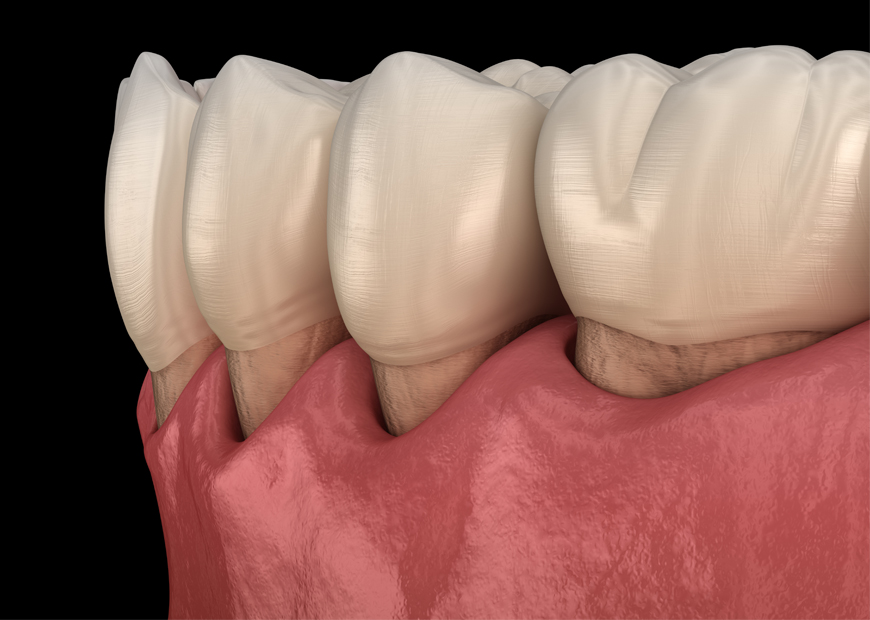The bone and gum tissue around a tooth generally fits snugly around the tooth. When periodontal disease is present, this supporting tissue and bone is destroyed, forming “pockets” around the teeth. Over time and as the disease progresses, these pockets become deeper, providing a larger space for bacteria to live. As bacteria develop around the teeth, they can accumulate and advance under the gum tissue. These deep pockets collect even more bacteria, resulting in further bone and tissue loss. Eventually, if too much bone is lost, the teeth will become loose and need to be extracted.
Whilst non-surgical treatment by itself is adequate to treat most cases of periodontal disease, there are limitations to its use. Non-surgical treatment may be less effective in deeper pockets where there is limited access for cleaning instruments to reach. Periodontal surgery is often required to clean pockets that are too deep to be cleaned with non-surgical treatment.
During this procedure, the gum tissue is folded back and the disease-causing bacterial deposits are removed before the gums are stitched back in place. In some cases, irregular surfaces of the damaged bone are smoothed to limit areas where disease-causing bacteria can hide. This is known as osseous surgery and it allows the gum tissue to better reattach to healthy bone.
